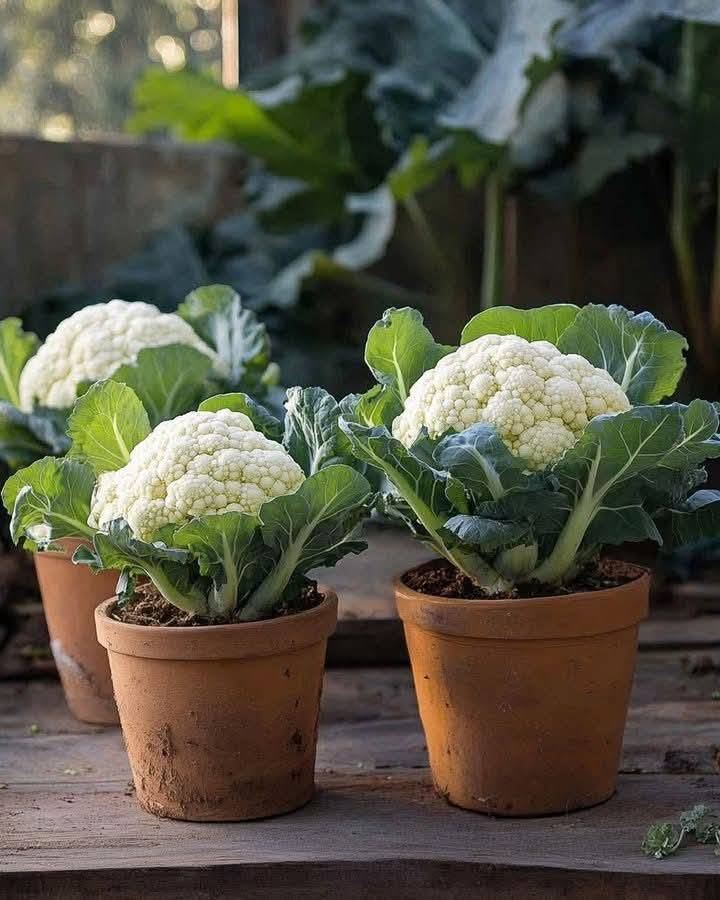Tip: Use a shade cloth if temperatures exceed 75°F (24°C).
5. Watering & Fertilizing for Maximum Growth
Watering:
Keep soil consistently moist (cauliflower hates drought).
Water deeply 2-3 times per week, ensuring drainage.
Avoid overhead watering (to prevent fungal diseases).
Fertilizing:
Use a balanced fertilizer (10-10-10) every 4-6 weeks.
Alternatively, feed with compost tea or fish emulsion for organic growth.
Too much nitrogen? You’ll get big leaves but small heads!
6. Blanching for Perfect White Heads
Cauliflower heads turn yellow or green if exposed to too much sun. To keep them pure white:
When the head is 2-3 inches wide, gently tie the outer leaves over it with twine.
Check every few days to ensure no moisture buildup (which can cause rot).
Self-blanching varieties (like ‘Snowball’) may not need this step.
7. Pest & Disease Management
Common Pests:
Aphids, cabbage worms, slugs – Use neem oil or handpick them.
Cabbage loopers – Apply Bt (Bacillus thuringiensis).
Diseases to Watch For:
Clubroot – Ensure good drainage.
Downy mildew – Avoid wetting leaves; use copper fungicide if needed.
Prevention: Rotate crops and keep pots clean.
8. Harvesting Your Giant Cauliflower
Timing: Heads are ready 70-100 days after planting.
Signs of Readiness:
Head is firm, compact, and 6-8 inches wide.
If it starts to separate or discolor, harvest immediately!
How to Harvest:
